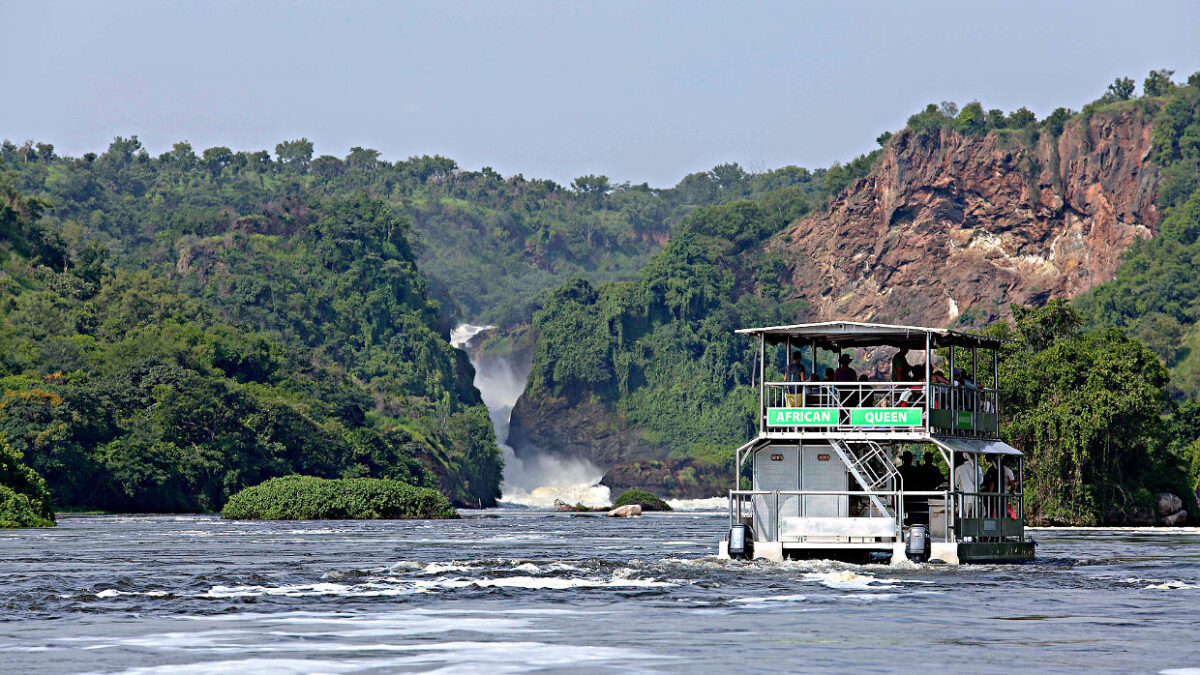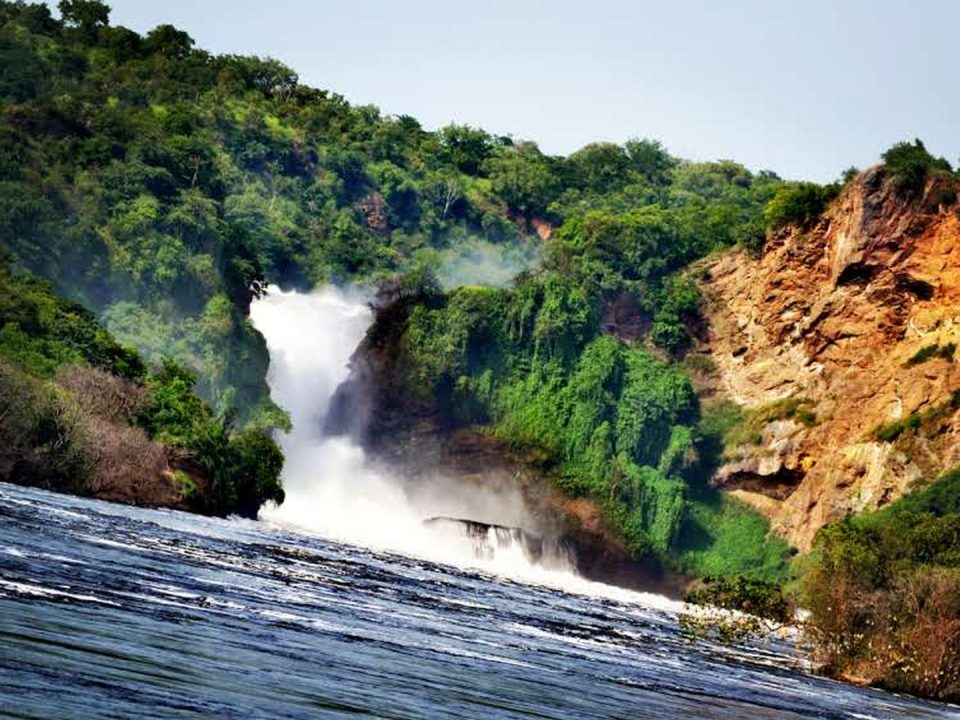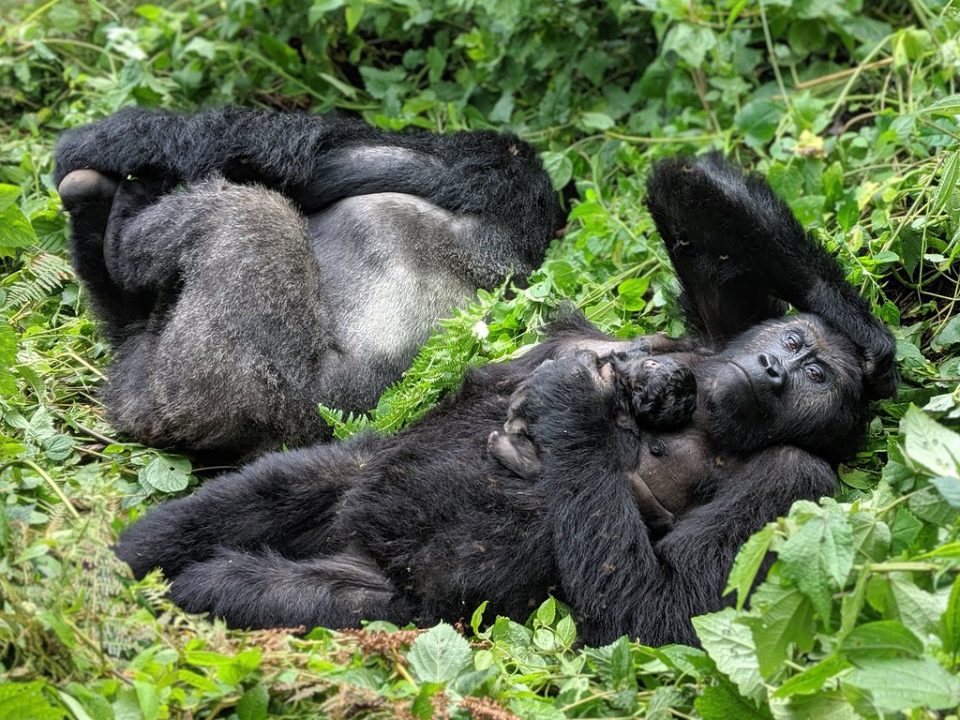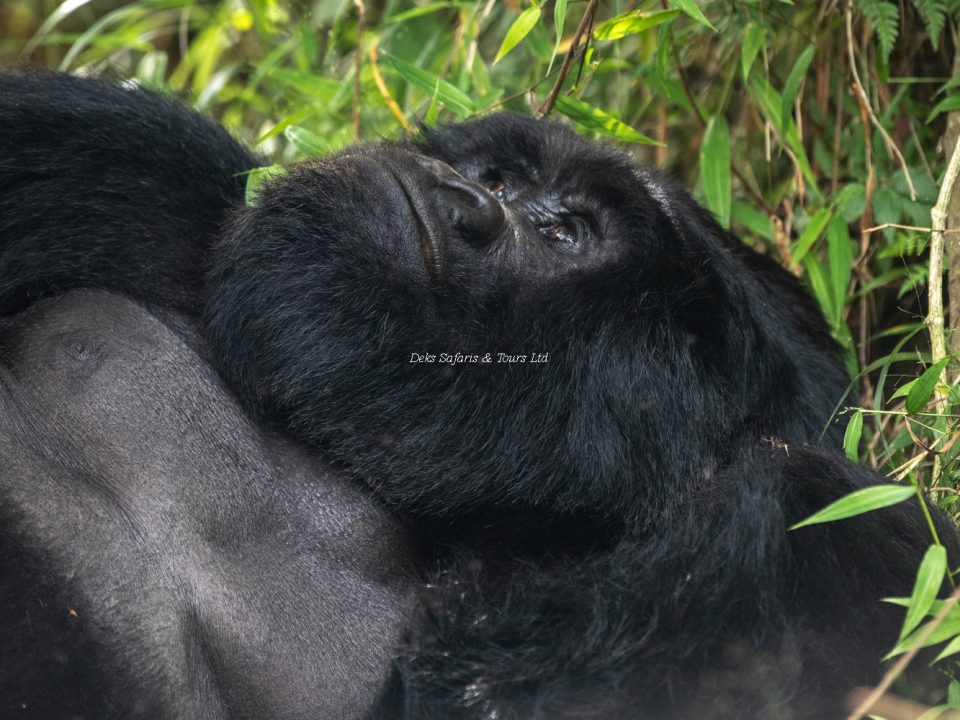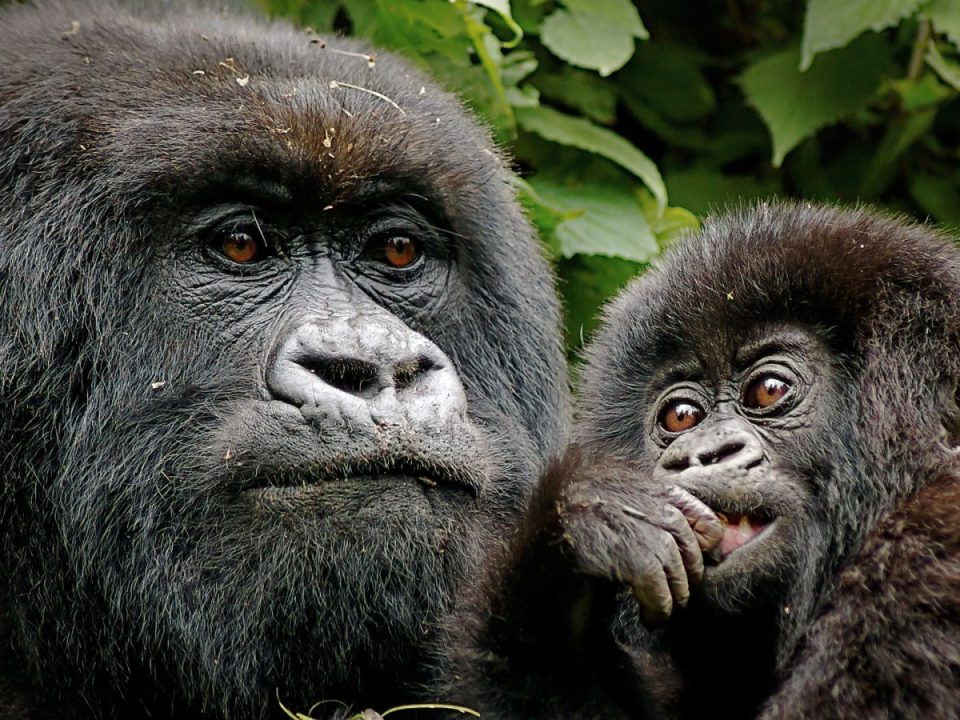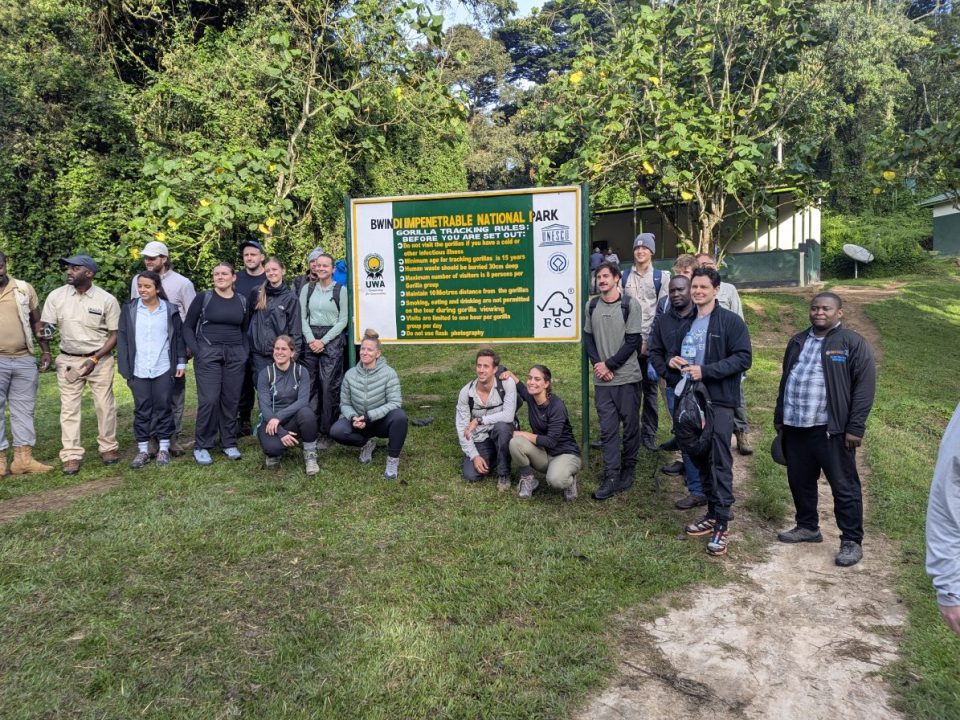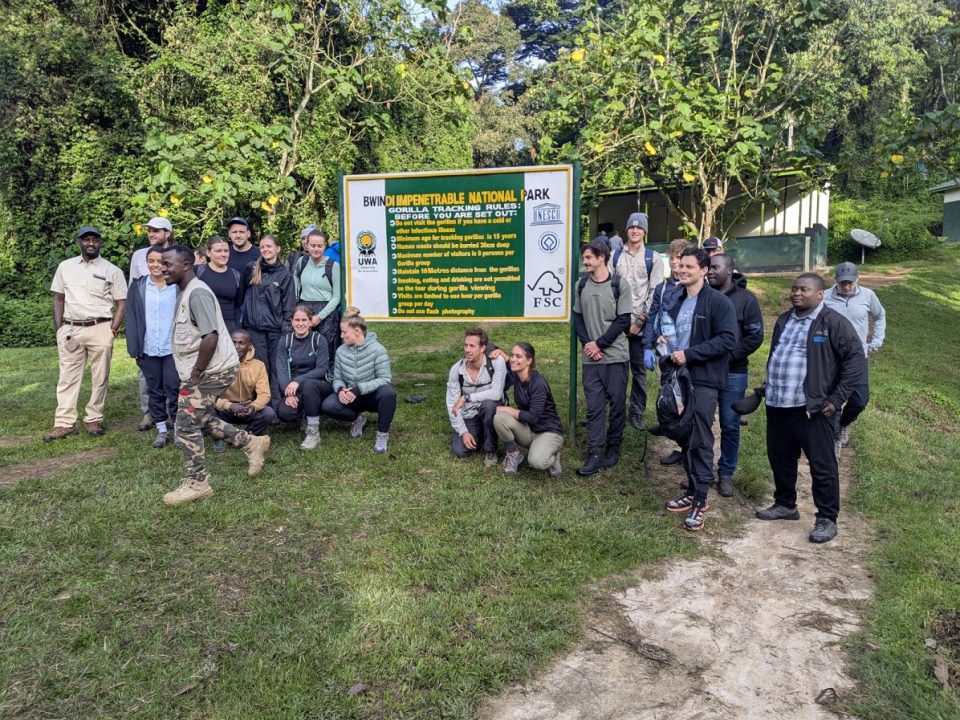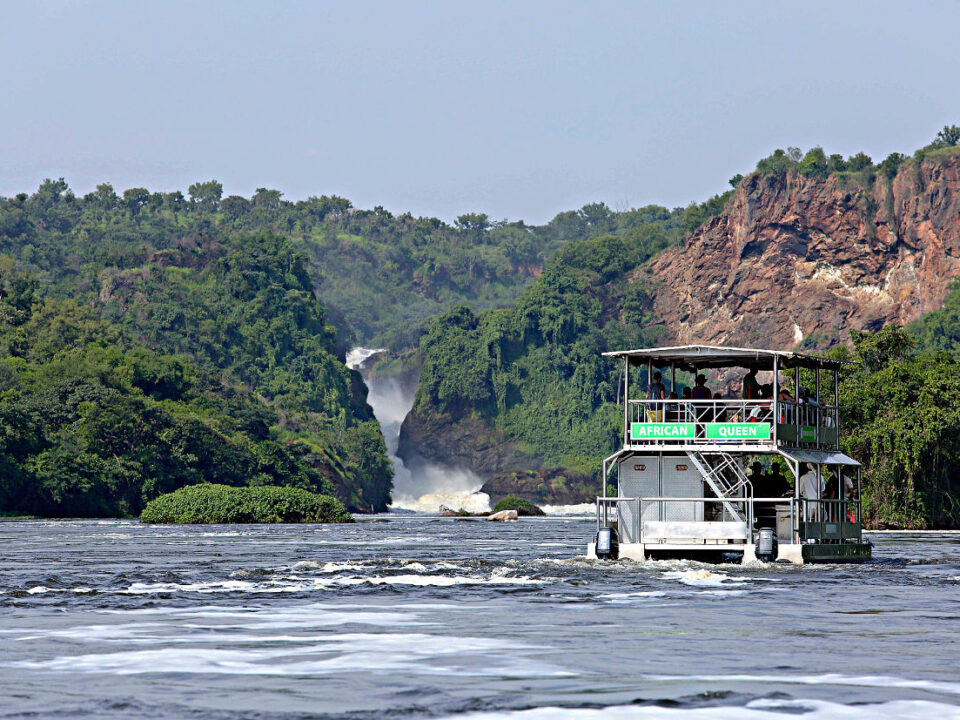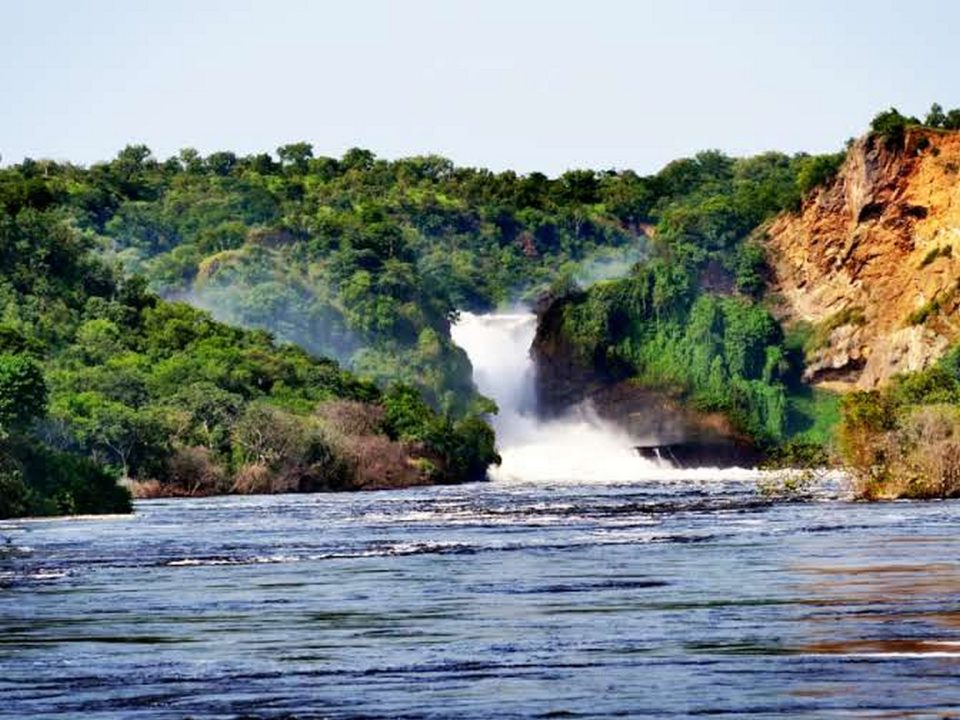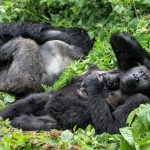
Can I Combine Gorilla Trekking in Rwanda with a Botswana Safari?
April 5, 2025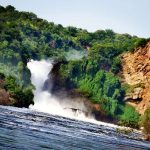
What is Being Done to Combat Poaching in Murchison Falls National Park?
April 6, 2025How Does Tourism Impact Murchison Falls National Park?
How Does Tourism Impact Murchison Falls National Park? Murchison Falls National Park, located in the northwestern part of Uganda, is one of the country’s most renowned wildlife destinations. The park, which spans over 3,893 square kilometers, is home to a diverse range of wildlife, including the Big Five—lions, elephants, leopards, rhinos, and buffaloes—alongside various bird species and the famous Murchison Falls. The park is a vital part of Uganda’s tourism landscape, and its scenic landscapes and abundant wildlife make it a top destination for both local and international travelers. However, as tourism continues to grow, it brings both positive and negative effects on the park’s ecosystem, wildlife, and surrounding communities. This detailed article, by Deks Safaris and Tours Ltd, explores how tourism impacts Murchison Falls National Park from a variety of perspectives, including its ecological, economic, and social effects.
The Ecological Impact of Tourism on Murchison Falls National Park
Tourism undeniably brings significant ecological pressures to Murchison Falls National Park. While the influx of visitors contributes to the economy and raises awareness of conservation efforts, it can also lead to environmental degradation if not properly managed. Murchison Falls National Park is a UNESCO-listed biosphere reserve, and its wildlife and ecosystems are delicate.
- Habitat Disturbance: With increasing numbers of tourists, the park’s natural habitats can be disrupted. For instance, heavy vehicle traffic can cause soil erosion, especially along the park’s trails, which can damage vegetation and wildlife habitats. Increased foot traffic can lead to trampling of plant life, reducing biodiversity and altering the park’s natural ecosystem. This disruption is particularly concerning for the park’s delicate riverine and forest ecosystems, where species like the endangered shoebill stork and other rare birds nest.
- Waste Management Issues: As tourism numbers grow, so does the waste generated by visitors. The management of waste—such as plastic, food wrappers, and litter—becomes more challenging. If not properly managed, this waste can have a detrimental effect on the park’s wildlife, particularly through plastic pollution. Wild animals, such as elephants and buffaloes, are often at risk of ingesting discarded plastic, which can lead to injury, disease, or even death.
- Noise and Disturbance to Wildlife: The noise from tourist vehicles, boats, and guides can disrupt the wildlife within Murchison Falls National Park. Species such as lions, elephants, and primates, which rely heavily on their sense of hearing, may find it difficult to adapt to the sounds of human activity. For example, elephants, which use low-frequency sounds to communicate, may be disturbed by the constant noise from tourist vehicles and boats on the Nile River. This can cause stress to the animals, affect their feeding behaviors, and even alter migration patterns.
Despite these potential ecological concerns, tourism can also be a force for good when managed sustainably. The park has put in place various measures, such as designated tourist routes and waste management initiatives, to mitigate these negative impacts. These efforts, combined with responsible tourism practices, are essential in protecting the park’s delicate ecosystems.
Economic Benefits of Tourism to Murchison Falls National Park
Tourism is a significant driver of the local economy in and around Murchison Falls National Park. The income generated from park fees, lodging, safari tours, and other tourist activities creates jobs and boosts local businesses, leading to enhanced economic growth in the region.
- Revenue Generation: Tourism is a major source of revenue for the Uganda Wildlife Authority (UWA), which manages Murchison Falls National Park. The park generates millions of dollars annually from tourism activities, including game drives, boat cruises, and guided tours to the top of Murchison Falls. These funds are reinvested into the park for conservation, infrastructure development, and research. Additionally, revenue from entrance fees supports conservation programs that help protect the park’s wildlife and habitats.
- Employment Opportunities: Tourism creates numerous job opportunities for local communities. Guides, park rangers, and hospitality staff are directly employed by the tourism sector. Additionally, local businesses that provide services such as food, transportation, and souvenirs benefit from the increased number of visitors. Communities around Murchison Falls National Park are also involved in the tourism sector through initiatives such as cultural performances, where local tribes showcase their customs and crafts to tourists.
- Investment in Infrastructure: The growth of tourism in Murchison Falls National Park has also led to improved infrastructure. Roads, bridges, and other public amenities have been upgraded to meet the demands of increasing tourist traffic. These developments benefit both the park and the surrounding communities, improving access to healthcare, education, and markets.
However, the economic benefits of tourism are not always evenly distributed. In some cases, the influx of visitors can lead to a disparity between wealthy tour operators and the local communities. It is important that tourism development is inclusive and that local communities receive fair compensation for their role in conservation and the tourism industry.
Social Impact of Tourism on Local Communities
Tourism in Murchison Falls National Park not only affects the environment and economy but also plays a pivotal role in shaping the social landscape of surrounding communities. While tourism can be a catalyst for social development, it also comes with challenges that need to be addressed to ensure the well-being of local people.
- Cultural Exchange and Awareness: Tourism fosters cultural exchange between visitors and local communities. Travelers from around the world get to learn about the customs, traditions, and lifestyles of the indigenous tribes around Murchison Falls National Park, including the Bunyoro and Bagungu people. Conversely, these local communities have the opportunity to engage with tourists, which enhances their understanding of global cultures and perspectives. This exchange helps promote mutual respect and a greater appreciation for conservation and cultural heritage.
- Community Development: Tourism has provided local communities with opportunities for social development. Many of the communities around Murchison Falls National Park benefit from programs that encourage the sustainable use of resources, such as eco-tourism initiatives, and are involved in wildlife conservation efforts. By participating in these programs, local residents become stakeholders in preserving the park’s biodiversity, which in turn improves their livelihoods. Tourism also contributes to the building of schools, health clinics, and other vital social infrastructure in the region.
- Challenges of Increased Visitor Numbers: Despite the positive social impacts, there are also challenges associated with increased tourism. The growing number of visitors can strain local resources, particularly water, healthcare, and housing. In some areas, there may be competition for land and resources, which can create tension between locals and those involved in the tourism industry. Additionally, the rapid expansion of tourism could lead to cultural changes that affect the traditional lifestyles of local people.
Gorilla Trekking in Bwindi Impenetrable Forest from Murchison Falls National Park
To fully appreciate the impact of tourism in Uganda’s national parks, it’s worth noting the experience of combining a visit to Murchison Falls National Park with a gorilla trekking adventure in Bwindi Impenetrable Forest. While these two parks are geographically distant, the synergy between them provides a comprehensive understanding of Uganda’s tourism sector and its benefits.
Travelers can embark on a thrilling gorilla trekking experience in Bwindi, a UNESCO World Heritage Site, famous for its population of endangered mountain gorillas. From Murchison Falls, tourists can travel southward to Bwindi Impenetrable Forest, where they will be guided on treks to encounter the majestic gorillas in their natural habitat. The income generated from gorilla trekking permits is crucial for the conservation of both Murchison Falls and Bwindi, as it funds anti-poaching efforts, habitat restoration, and community development projects.
The two parks are interconnected in the broader context of Uganda’s wildlife conservation strategy. Tourism in both parks plays an important role in supporting the livelihoods of local communities, while also contributing to national efforts to preserve the biodiversity of these irreplaceable ecosystems.
The Way Forward: Sustainable Tourism Practices
The future of tourism in Murchison Falls National Park relies on the adoption of sustainable tourism practices. This involves ensuring that the ecological, economic, and social impacts of tourism are managed in a way that benefits both the environment and local communities. Key strategies for sustainable tourism include:
- Eco-Friendly Practices: Encouraging tourists to adopt environmentally friendly behaviors, such as reducing waste and respecting wildlife, is crucial for preserving Murchison Falls’ natural beauty.
- Community Involvement: Ensuring that local communities are directly involved in tourism planning and receive fair compensation for their role in conservation efforts will help create long-term sustainability.
- Limiting Visitor Numbers: Managing the number of visitors to sensitive areas within the park can help prevent overcrowding and reduce ecological degradation.
By embracing these strategies, Murchison Falls National Park can continue to thrive as a top wildlife destination while ensuring that the benefits of tourism are shared by both wildlife and local communities.
Conclusion
Tourism in Murchison Falls National Park has a profound impact on both the environment and the surrounding communities. While tourism provides substantial economic benefits, it also brings challenges that must be carefully managed. Sustainable tourism practices, community involvement, and eco-friendly initiatives will be key to ensuring that Murchison Falls continues to be a thriving destination for future generations. By balancing conservation and tourism, Uganda can preserve the beauty of Murchison Falls and continue to provide an unforgettable experience for travelers from around the world.

